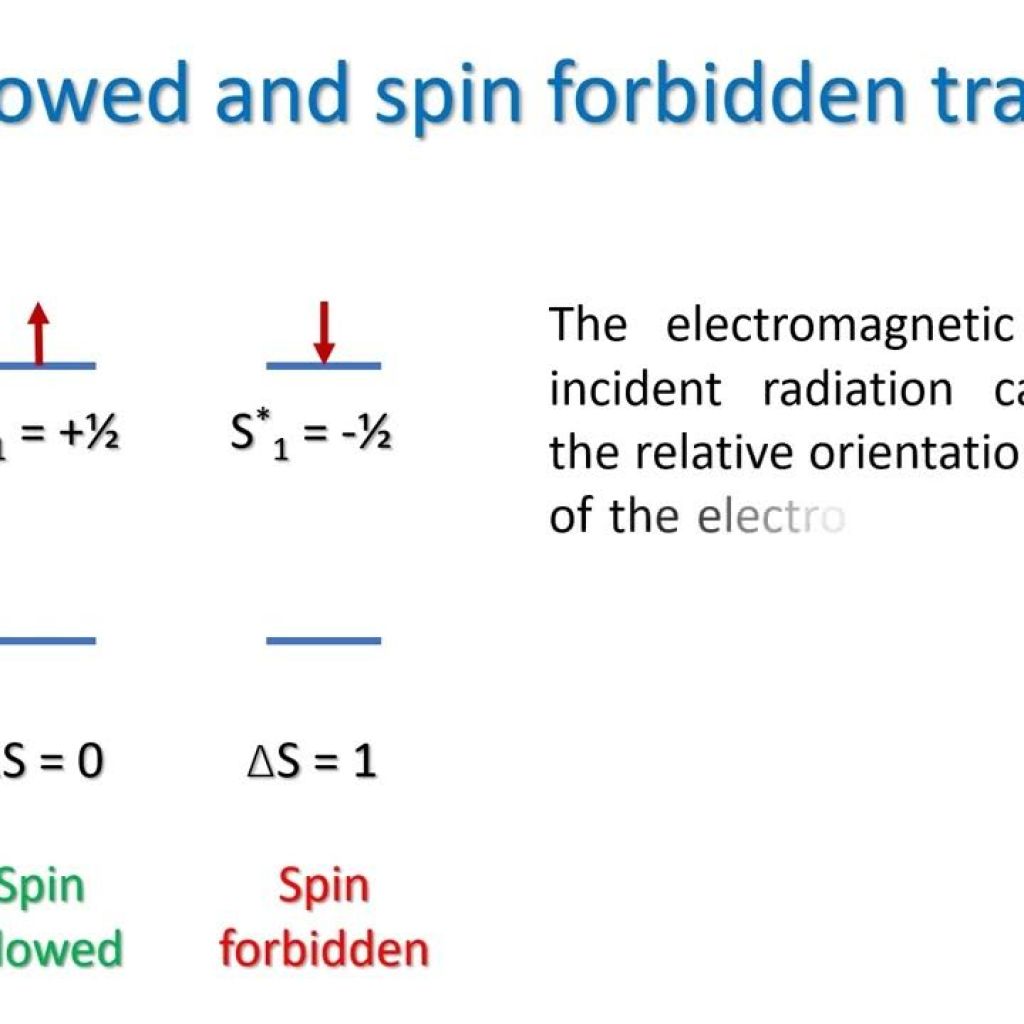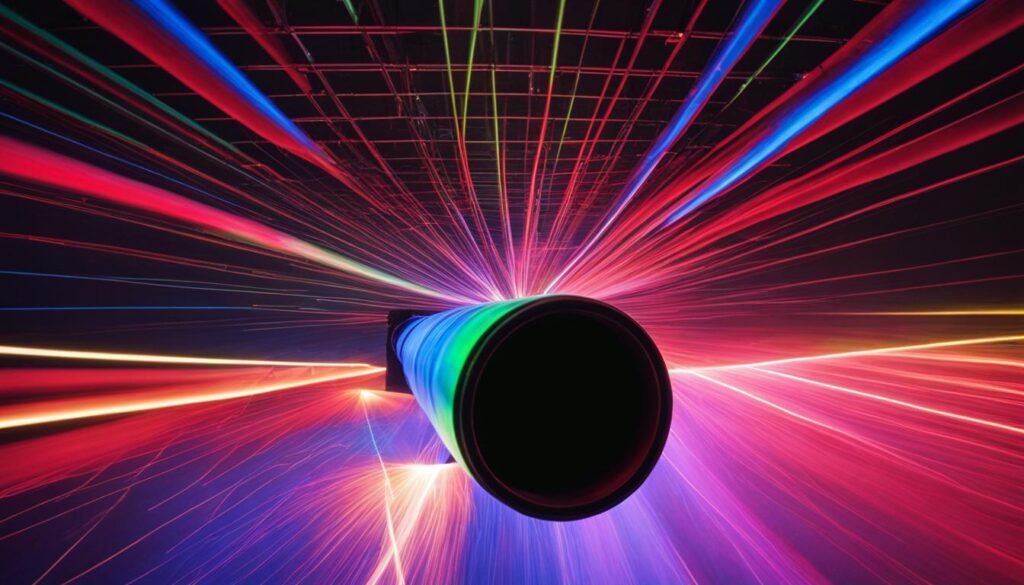Contents

Source: YouTube
<>
Forbidden Transitions in Photonics
Overview
Atoms and ions exhibit different electronic energy levels, and transitions between these levels involve the emission or absorption of light in the form of photons. These transitions play a crucial role in various optical phenomena, including laser operation and optical clocks.
Types of Transitions
Transitions between electronic energy levels can be classified as allowed, forbidden, or weakly allowed. Forbidden transitions refer to those that do not satisfy certain selection rules, making them less likely to occur compared to allowed transitions.
Mechanisms of Forbidden Transitions
Despite being labeled as forbidden, transitions between energy levels can still occur through mechanisms such as quadrupole transitions or the breaking of symmetries in crystal lattices. These processes enable transitions that would otherwise be prohibited, albeit with lower probability.
Applications in Photonics
In solid-state laser gain media, weakly allowed transitions with long upper-state lifetimes are utilized for pulse generation and energy storage. These transitions, although less common, play a vital role in the operation of certain types of lasers.
Forbidden transitions of isolated atoms or ions are also harnessed for optical clocks due to their extremely narrow linewidth, resulting from the long upper-state lifetimes. While probing such transitions can be challenging, their precise frequency definition is valuable for timekeeping applications.
Conclusion
Understanding forbidden transitions in photonics provides insights into the intricate behavior of atoms and ions at the quantum level. Despite their lower probability of occurrence, these transitions have significant implications for laser technologies and precision timekeeping.

Source: ResearchGate
Feel free to comment your thoughts.



